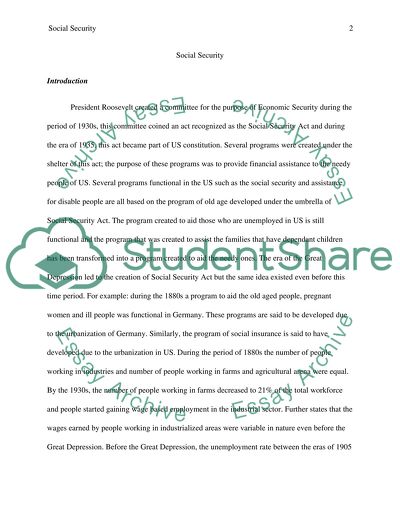Cite this document
(“The Debate Over Social Security Today Research Paper”, n.d.)
The Debate Over Social Security Today Research Paper. Retrieved from https://studentshare.org/history/1456193-the-debate-over-social-security-today
The Debate Over Social Security Today Research Paper. Retrieved from https://studentshare.org/history/1456193-the-debate-over-social-security-today
(The Debate Over Social Security Today Research Paper)
The Debate Over Social Security Today Research Paper. https://studentshare.org/history/1456193-the-debate-over-social-security-today.
The Debate Over Social Security Today Research Paper. https://studentshare.org/history/1456193-the-debate-over-social-security-today.
“The Debate Over Social Security Today Research Paper”, n.d. https://studentshare.org/history/1456193-the-debate-over-social-security-today.


